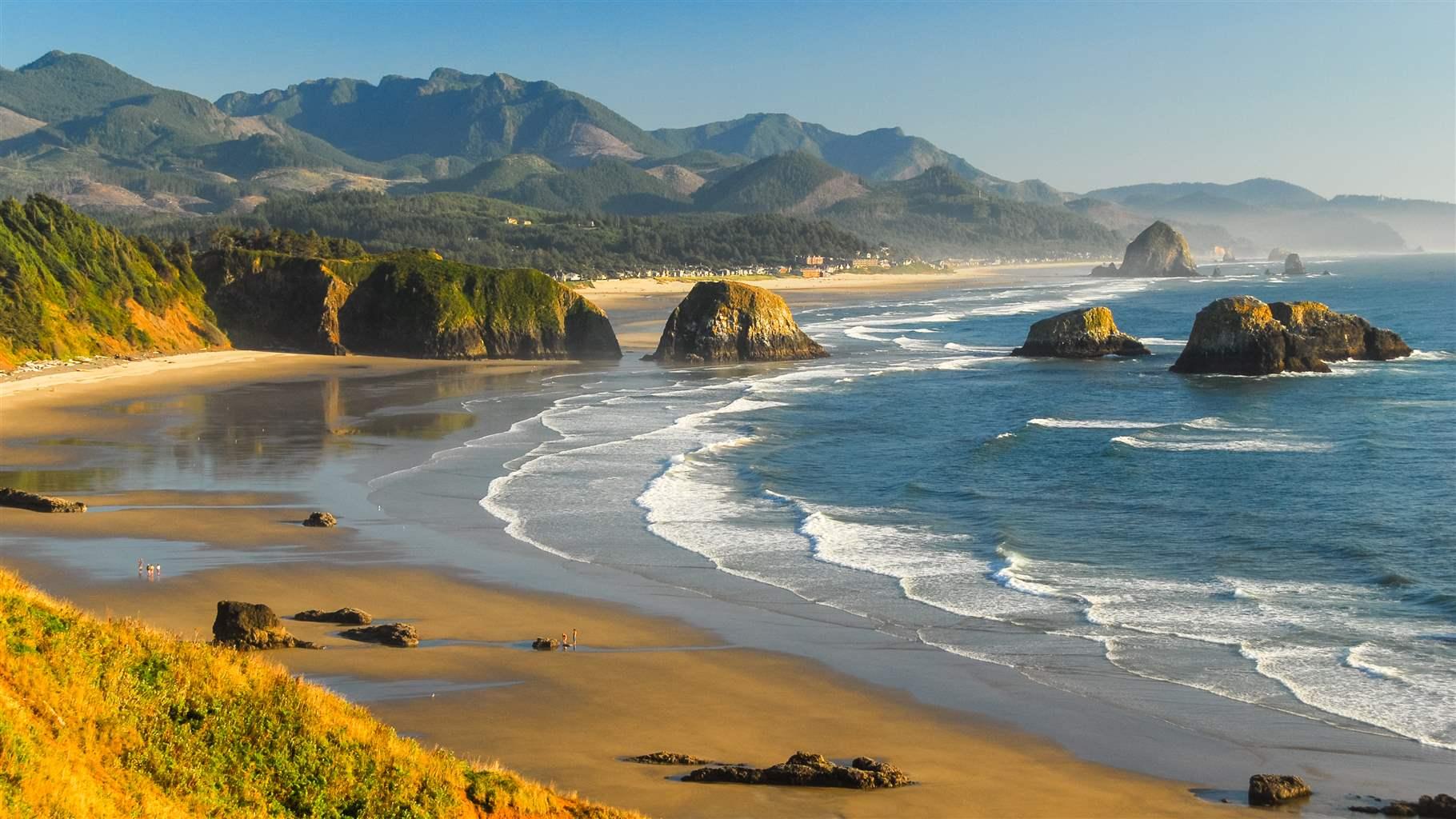Let’s Protect Oregon’s Rocky Shores
Updates to habitat management strategy offer an opportunity to highlight special places

The beauty and majesty of Oregon’s rocky shores draw hundreds of thousands of visitors to the coast each year. The region’s iconic tide pools, headland cliffs, offshore rocks and islands, and submerged reefs are awe-inspiring, but beyond the wonder lie diverse and complex marine habitats that provide essential ecological services for seabirds, marine mammals, seaweeds, invertebrates, and fish. Now, for the first time since 1994, Oregon is updating its Rocky Shores Management Strategy, which presents decision-makers with an opportunity to reaffirm the importance of these special places and protect them for future generations.
The significance of rocky marine ecosystems is well-documented. Marine algae such as kelp attach to nearshore reefs, creating underwater forests that provide habitat for a host of species, including commercially and recreationally valuable rockfish. Offshore rocks and islands offer refuge for sea lions, harbor seals, and seabirds such as common murres. Rocky intertidal areas, including tide pools, are home to abundant and diverse biological communities where sea stars, anemones, mussels, and barnacles cling to hard substrate and give people amazing opportunities to connect with marine life up close.
Because of their vital ecological role and unique location—where the land meets the sea—rocky shores are managed by several local, state, and federal agencies. The Rocky Shores Management Strategy, which is part of Oregon’s Territorial Sea Plan and is overseen by the Ocean Policy Advisory Council, ensures uniform policies for Oregon’s rocky marine habitats. It includes management goals and objectives as well as site-specific recommendations to protect and monitor these ecologically important areas.
Given the scientific understanding we’ve gained since Oregon first adopted its Rocky Shores Management Strategy more than two decades ago, now is the opportune time to evaluate our approach to managing these habitats with the goal of providing long-term ecological, economic, and social value for future generations. Join us in supporting the Ocean Policy Advisory Council’s effort to protect Oregon’s rocky marine habitat.
Paul Shively directs The Pew Charitable Trusts’ work on ocean conservation in the Pacific.











